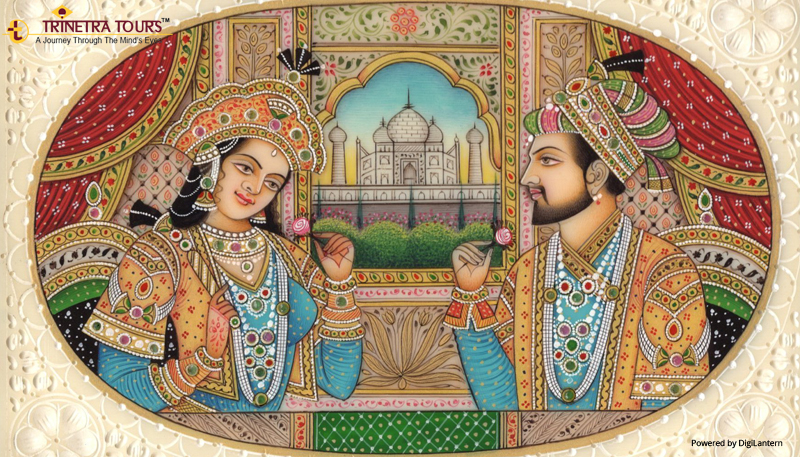
The Mughals were responsible for spreading Islam in Southeast Asia. Until its fall, the empire was an efficiently organized empire, with huge amounts of wealth and military power. He was the first of many emperors to rule the Indian subcontinent, from 1526 to 1761.

According to an article by the BBC in a series feature on the Mughal, the founder of the empire, Babur, was originally a descendant of Genghis Khan and Tamerlane. To better understand this definition, it is imperative that some information be stated about the Mughal Empire. The layperson definition of the Taj Mahal: the world’s most famous tomb. If one studies the history of this great empire, one can easy tell fact from fiction. With written and documented history on the building and the empire it belonged to, it is perplexing that some still argue the ownership of the Taj Mahal, and deny the fact that it is a tomb belonging to the Mughal Empire. A mausoleum of a Mughal empress and her emperor. But to the many who know the history, not by mind but by heart, the Taj Mahal is a legacy of eternal love-a love story set not in paper, but in marble. People who appreciate the grandeur see it as one of the seven wonders of the world. In the “paradisiacal mansion” theory, the Taj was something of a vanity project, built to glorify Mughal rule and the emperor himself.People who lack perspective see it as a palace. A third view holds that the monument was built to represent a replica of a house of paradise.


Based on the metaphoric specificity of Qur’anic and other inscriptions and the emperor’s love of thrones, another theory maintains that the Taj Mahal is a symbolic representation of a Divine Throne-the seat of God-on the Day of Judgment. But there are other theories: one suggests that the Taj is not a funeral monument, and that Shah Jahan might have built a similar structure even if his wife had not died. Stories like these have led to the Taj Mahal being referred to as an architectural “symbol of love” in popular literature. When Mumtaz Mahal died at age 38 in 1631, the emperor is reported to have refused to engage in court festivities, postponed two of his sons’ weddings, and allegedly made frequent visits to his wife’s temporary resting place (in Burhanpur) during the time it took for the building of the Taj to be completed.


 0 kommentar(er)
0 kommentar(er)
